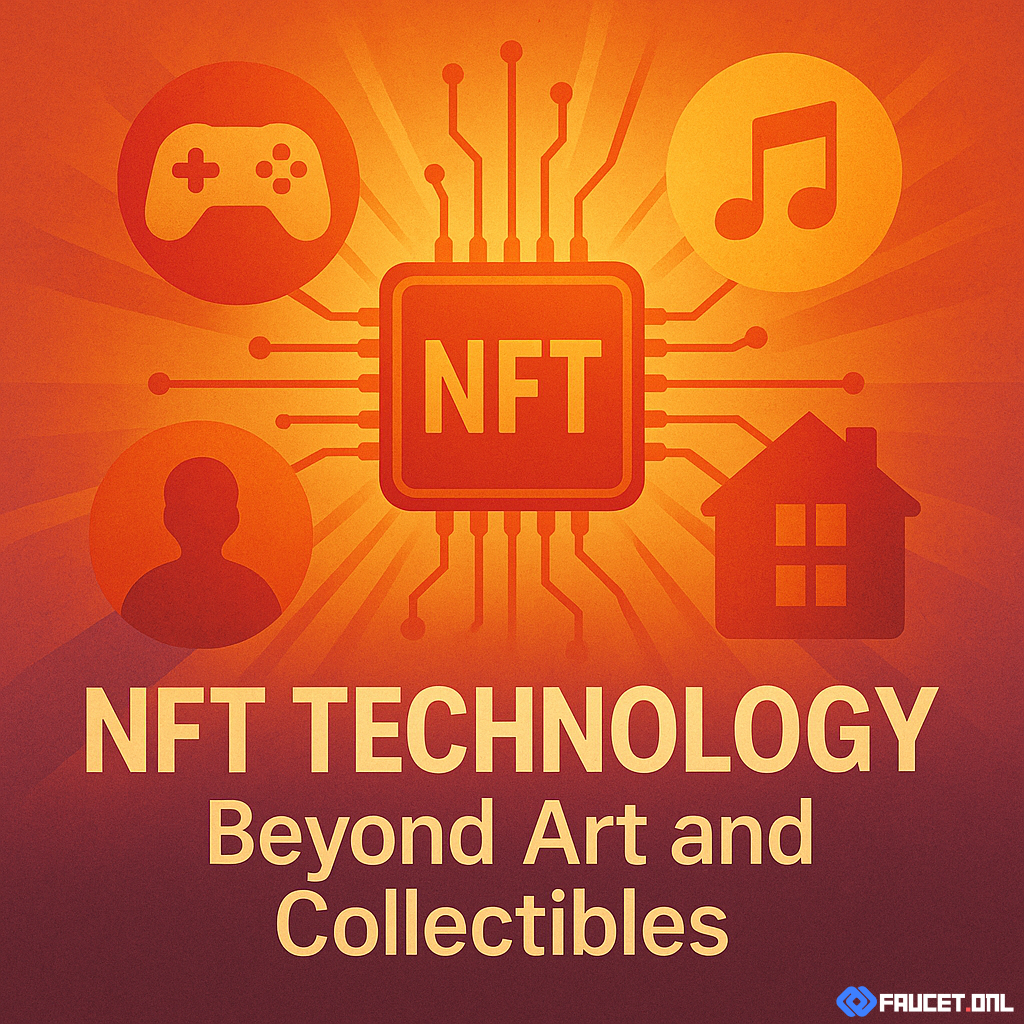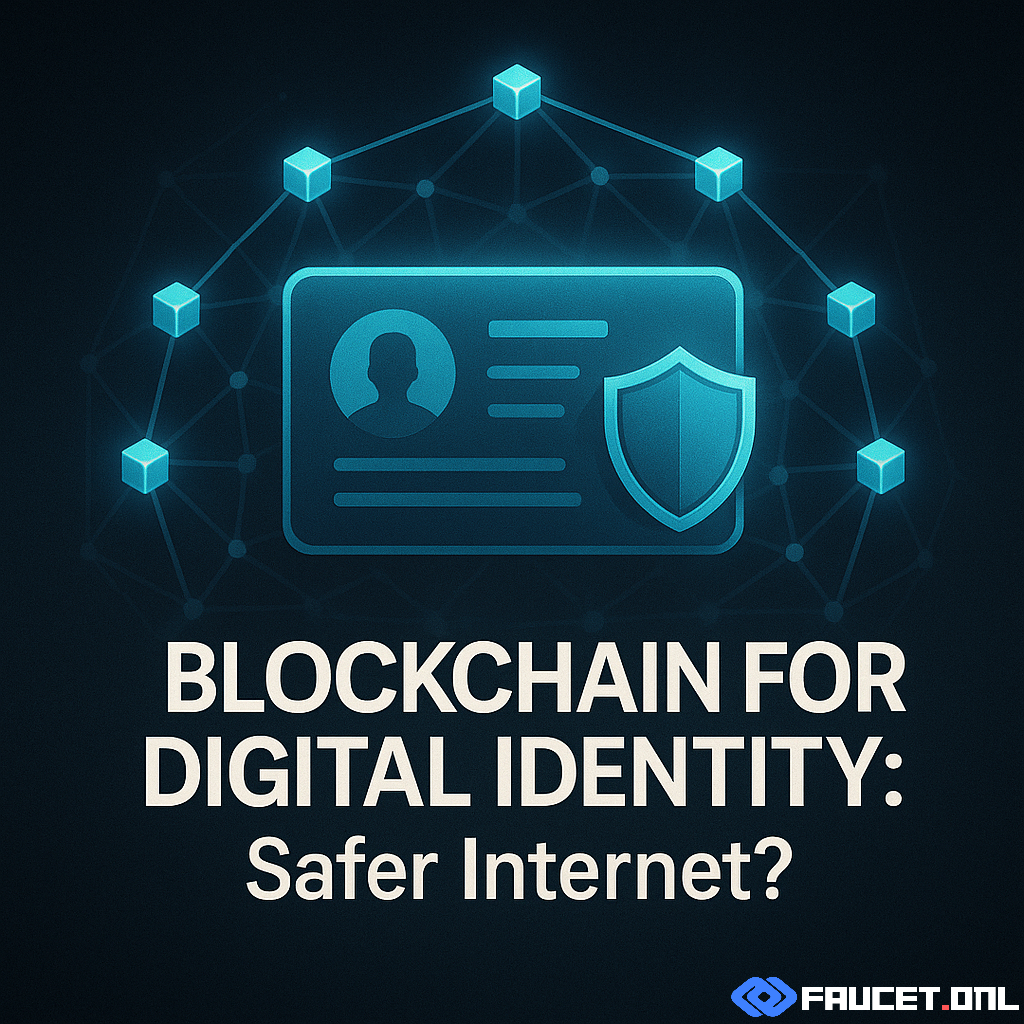Why Interoperability?
The Vision and Its Value
Blockchain interoperability refers to the ability of different blockchain networks to communicate, exchange data, and transfer assets with one another. This foundational concept aims to overcome the limitations of blockchain silos, where independent networks are unable to interact natively. In a truly interoperable blockchain world, users, developers, and businesses gain the freedom to combine resources, compose decentralized applications (dApps) across chains, and unlock greater liquidity and utility.
Limitations of Siloed Blockchains
Without interoperability, value and information remain locked on single networks, creating inefficiencies and hindering innovation. For blockchain futurists, the vision is clear: seamless cross-chain connectivity will underpin the next phase of decentralized transformation, just as the internet unified disparate computer networks.
Current Solutions
Cross-Chain Bridges
To achieve interoperability, developers are creating cross-chain bridges—protocols that allow the transfer of tokens and data between blockchains with different consensus mechanisms and architectures. Bridges use smart contracts, relayers, oracles, or multi-signature schemes to facilitate secure exchanges, although they introduce new technical risks and trust assumptions.
Interoperability Protocols
Protocols like Polkadot, Cosmos, and Avalanche have designed interoperability into their architecture from the ground up. These platforms use hubs, relays, or shared security models to enable distinct chains (parachains or zones) to communicate and share resources, all while maintaining their individual characteristics and security guarantees.
Challenges
Technical and Security Barriers
Despite rapid progress, blockchain interoperability faces multiple challenges:
- Security Risks: Cross-chain bridges are prime targets for attacks due to their complexity and large value locked.
- Standardization: There is no universal messaging or token standard, making integration across diverse blockchains difficult.
- Scalability: Managing seamless operations and consensus among multiple chains adds network overhead and latency.
Governance and Coordination
Differences in governance models, upgrade cycles, and incentive mechanisms between blockchains make it challenging to synchronize networks and address disputes. Robust interoperability requires not just technical solutions, but also collaborative, cross-chain governance frameworks.
Use Cases
Real-World Impact
Interoperability is already fueling innovative applications across the decentralized space:
- DeFi Composability: Users can leverage lending, trading, and yield protocols across multiple blockchains, unlocking more efficient and flexible financial strategies.
- Cross-Chain NFTs: Digital assets can move freely between networks, expanding their reach, liquidity, and creative utility.
- Global Payments and Remittances: Transferring value across borders and currencies becomes frictionless when blockchains communicate directly.
- Data Sharing and Collaboration: Enterprises and DAOs can securely share data and coordinate activities across separate ecosystems.
Expanding Opportunities
As interoperability matures, it opens doors for novel business models, partnerships, and user experiences that would be impossible on siloed blockchains.
What’s Next
Emerging Trends
The next generation of interoperability is being driven by:
- Trustless Protocols: Solutions using advanced cryptography, such as zero-knowledge proofs and threshold signatures, to reduce reliance on trusted intermediaries.
- Universal Standards: Industry-wide collaboration to define cross-chain messaging, asset, and contract standards for smoother integration.
- Native Interoperability: New blockchain networks building cross-chain capabilities directly into their core protocols.
Long-Term Vision
Ultimately, interoperability will empower a borderless, collaborative, and user-centric Web3—where assets, applications, and communities move freely across a truly open internet of blockchains.
Conclusion: Building the Interconnected Blockchain Future
Why Interoperability Matters for Tomorrow
For blockchain futurists, interoperability is more than a technical milestone—it’s the foundation for a connected, efficient, and innovative decentralized ecosystem. As solutions evolve, those who understand and embrace interoperability will help shape the future of digital collaboration and value exchange.



